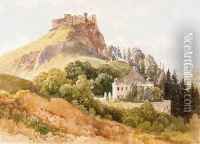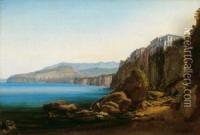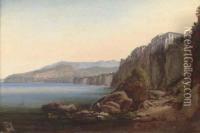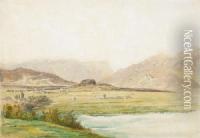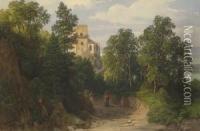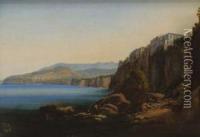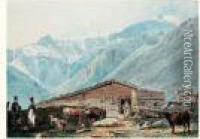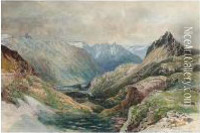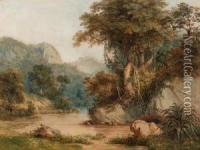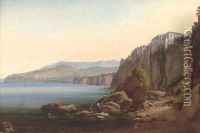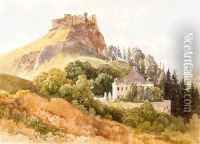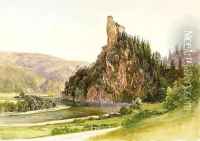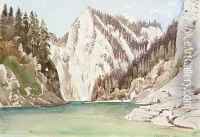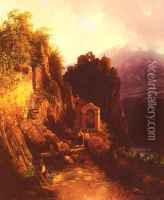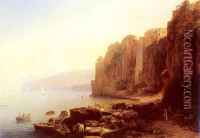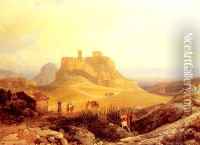Thomas Ender Paintings
Thomas Ender was an Austrian painter born on November 3, 1793, in Vienna. He was the twin brother of the sculptor Johann Ender and is historically recognized for his landscape paintings. Ender showed artistic talent at a young age, which led him to study at the Academy of Fine Arts Vienna, where he was taught by landscape painters Laurenz Janscha and Michael Wutky, who greatly influenced his early work.
In 1817, Ender was awarded a scholarship by Emperor Francis I of Austria, which allowed him to join the scientific expedition to Brazil led by Austrian naturalist Johann Baptist von Spix and zoologist Carl Friedrich Philipp von Martius. This trip was significant as it provided him with a wealth of exotic landscapes and subjects, which he captured in watercolors and drawings. These works later became invaluable records of the Brazilian environment and society during the early 19th century.
Upon his return to Europe, Ender continued to work on landscape paintings and also became involved in various architectural and panorama projects. His landscapes were characterized by their detailed and accurate representation of nature, often reflecting the Romantic movement's emphasis on the sublime and picturesque aspects of the natural world.
Although less known compared to some of his contemporaries, Ender's contribution to Austrian art has been appreciated for its documentary value as well as its aesthetic quality. His Brazilian works, in particular, are considered an important part of the cultural exchange between Austria and Brazil during that period.
Ender spent the latter part of his life in Vienna, where he continued to paint and exhibit his works. He passed away on September 28, 1875. Throughout his career, Thomas Ender was recognized as a meticulous and skilled landscape artist, whose works provided a window into the diverse landscapes of the early 19th century and contributed to the scientific and cultural documentation of his time.
